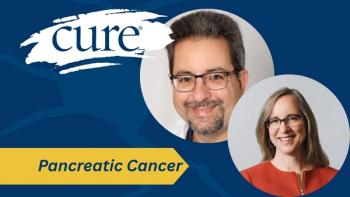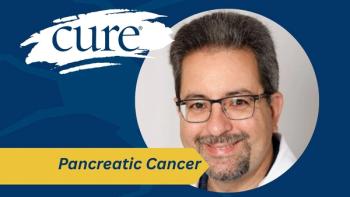
Speak Out About Rising Cancer Drug Prices, Group of Oncology Experts Urges
Oncology experts supported a patient-driven online petition asking Congress to give the government, patients and other stakeholders more power when it comes to negotiating prices for cancer drugs.
If you’re a patient with cancer or an advocate for that community and you have thoughts on the rising costs of treatment, it’s time to make your voice heard. That’s the opinion of 118 well-known cancer experts who have come together to spotlight the issue.
In a July 23 commentary published in the journal Mayo Clinic Proceedings, the oncology experts supported a patient-driven online petition asking Congress to give the government, patients and other stakeholders more power when it comes to negotiating prices for cancer drugs. The petition can be found on Change.org at
“A cancer patient—based grassroots movement that advocates against the high price of cancer drugs can accomplish a great deal,” wrote the experts in the commentary, which outlines their recommended drug pricing reforms.
The authors suggest that advocates model their efforts on the movement by HIV/AIDS activists in the late 1980s and 1990s, which helped to spur faster drug development and broaden access to promising experimental drugs.
“High cancer drug prices are affecting the care of patients with cancer and our health care system,” lead author Ayalew Tefferi, a hematologist at Mayo Clinic, noted in a statement. “The average gross household income in the U.S. is about $52,000 per year. For an insured patient with cancer who needs a drug that costs $120,000 per year, the out-of-pocket expenses could be as much as $25,000 to $30,000 — more than half their average household income.”
Average annual cancer drug prices reached more than $100,000 in 2012 after soaring $8,500 a year on average, according to a 2015 study that was cited in the journal article. Changing trends in insurance coverage now leave patients with out-of-pocket costs of as much as 20 to 30 percent of their cancer treatment costs, the report said.
This leaves many patients, particularly senior citizens who are on fixed incomes, in the position of having to make hard decisions about what to spend their limited funds on and what to do without. The group said that patients sometimes go without treatment so that their families can afford necessities such as food, housing and education, and in some cases individuals liquidate assets to pay for what they consider necessary.
Medicine is often the item that is sacrificed, they said. “It is documented that the greater the out-of-pocket cost for oral cancer therapies, the lower the compliance,” they wrote. “This is a structural disincentive for compliance with some of the most effective and transformative drugs in the history of cancer treatment.”
The group described its list of recommendations — many of which have been suggested by others — as being practical for implementation. “Although some economic experts lament the difficulty of finding solutions, simple and measured incremental actions can improve the situation and allow market forces to work better,” they wrote.
Among the recommended drug pricing reforms suggested by the group of 118 experts is the incorporation of fair price proposals into FDA drug approval reviews; the empowerment of Medicare to negotiate drug prices; legalization of the importation of cheaper drugs from abroad, and the use of legislative mechanisms to stop drug manufacturers from stalling the introduction of less costly generics into the U.S. market.
The group is also encouraging organizations that represent cancer specialists and patients (for instance, the American Society of Clinical Oncology, the American Society of Hematology, the American Association for Cancer Research, the American Cancer Society and the National Comprehensive Cancer Network) to consider the overall value of drugs and treatments in formulating treatment guidelines.
In other comments, they argued that the per-capita benefit from health care spending in the United States is inferior to those in various other industrialized nations — even though U.S. spending on health care is very high.
“In the United States, health care is delivered in a profit-driven marketplace that commands 18 percent of our gross domestic product, compared with 4 percent to 9 percent in other industrialized nations. Despite the two- to three-fold higher spending per capita, the United States is not “No. 1” in health care parameters compared with other industrialized nations that spend far less per capita. Rather, the United States often ranks well below average in several comparative studies that assess a number of measures of health care quality,” the group report said.





